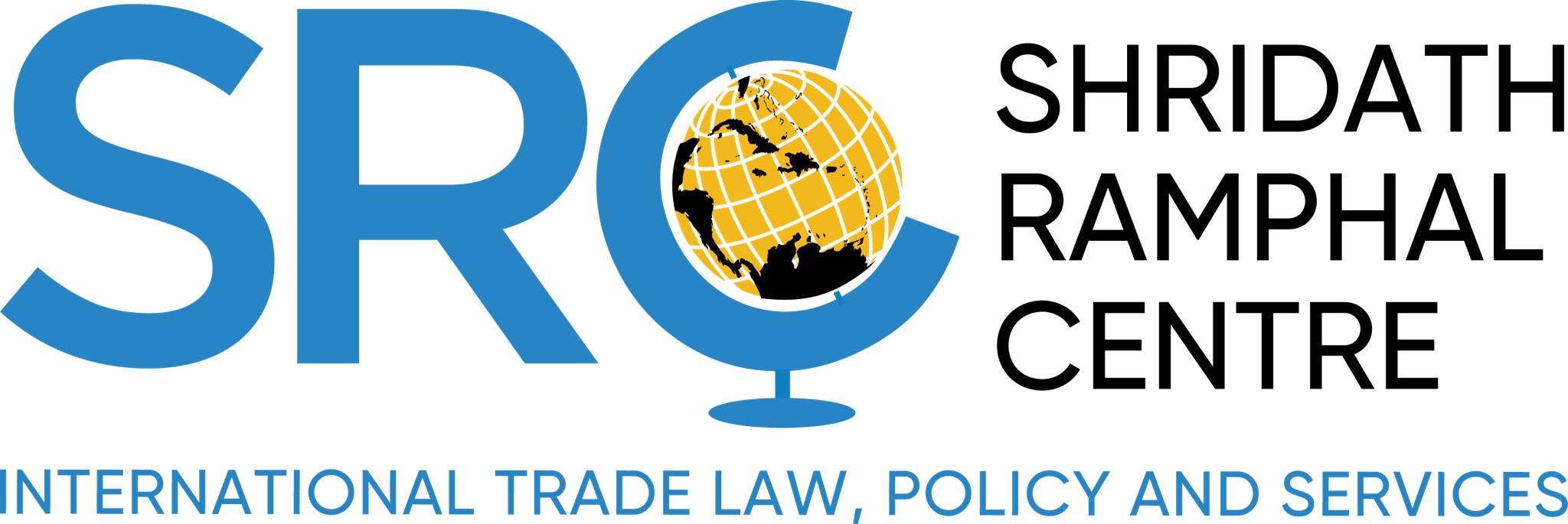Dr. Kai-Ann Skeete
INTRODUCTION
Conceptualised in 1956, LIAT predates the Caribbean Independence movement, although it became operational in 1974. Presently, it is comprised of a mere 10 aircraft, 5 ATR42s with 48 seats and 5 ATR72s with 68 seats which service 15 destinations among the English, French, Spanish and Dutch-speaking Caribbean around the clock. My parents’ generations had the Federal Palm and Federal Maple to traverse the Caribbean Sea; in 2020, my generation and future generations to come, will only know about LIAT which ‘has now become a household name.”[1]
However, at the turn of the year, the Caribbean is now battling with Covid-19, a novel influenza virus that has rendered us incapacitated and unable to function as a Single Market. We are unable to participate in the trade of goods or services. Across the Caribbean, many regional leaders have made the decision to close ports of entry and have decided to return to extreme isolation measures of every man is an island. However, well into national lockdowns, LIAT was operating facilitating trade within the region and shuttling persons and goods from country to country.
Article 134 of Revised Treaty of Chaguaramas calls for a Community Transport Policy with the goal of providing ‘efficient, reliable, affordable transport services throughout the Community’ which is key to the path of achieving full, free movement of labour and by extension, critical to managing a Single Domestic Space. Thus, the LIAT remains integral to the functioning and movement of factors of production within the CSME.
This article seeks to add to the ever present LIAT discussion by introducing 2 points, comparing fares between LIAT and Caribbean Airlines, as well as a flight plan analysis of the air travel distance from Grantley Adams International Airport in Barbados to Piarco International Airport in the Republic of Trinidad.
ANALYSIS
Across the region, LIAT has been the main airline for destinations such as Roseau, Dominica and until a few months ago, Kingstown, St. Vincent and the Grenadines due to their lack of international carriers. For Barbados, LIAT transported the largest number of passengers in 2010 and 2011. According to the Barbados Air Transport Licensing Authority Annual Report 2011-2012, the majority of the Barbados air passengers came from LIAT ( an average of 41,000 passengers), followed by American Airlines (an average of 36,000 passengers) then Virgin Atlantic (an average of 25,000 passengers) for the period 2010-2011.
Comparison of LIAT and CAL Fares between Barbados and Trinidad
Using the Google ITA Matrix Software on February 202020, the researcher compared the prices of direct return flights between Barbados and Trinidad and Tobago on Sunday, March 15 until Saturday, March 21 2020 between Caribbean Airlines (CAL) and LIAT. The difference in fare was an astounding USD114.76 for the same distance between destinations. The CAL flight totaled USD210.15 with a base fare of USD88 going directly to CAL. The base fare represents a mere 41.8% of the ticket proceedings going to CAL. The LIAT flight totaled USD324.87 with a base fare of USD130 doing directly to LIAT. Incidentally, LIAT’s base fare amounts to approximately 40% of the ticket proceedings. Aside from the base fares, both return tickets contained the same 7 taxes, charges and fees; all to LIAT’s Fuel Surcharge (USD8.75) and Booking and Security Surcharge (USD24.00) per route. Simply put, LIAT is bogged down with several taxes, fees and charges included within the cost of the ticket. The region needs to reconsider the utility of these taxes and more importantly, the potential multiplier effect of reduced taxes on intra-regional movement and CSME participating states.
ONE-WAY FLIGHT PLAN FROM BARBADOS TO TRINIDAD
To determine a relatively accurate depiction of the flight plan between Barbados and Trinidad, the author chose to use the Flight Aware website to chart and analyze the one way flight plan. At the time of writing, the Piarco airport was closed as a result of the Covid-19 Pandemic and LIAT is no longer flying into Piarco. However, CAL the national airlines of Trinidad and Tobago continues to undertake repatriation flights.
At approximately 8:58am the CAL flight takes off for Trinidad. The acceleration of the aircraft to become airborne is a very technical exercise and is specific to every flight. As the aircraft starts to climb it utilizes a significant amount of fuel to make the initial climb which takes approximately 8 minutes following take off, before the flight reaches its cruising altitude. According to Flightaware, for the CAL flight, the cruising altitude was 22,000ft.[2] The CAL flight reached its cruising altitude at 9:07am and stayed there for 11minutes, at which point it began its initial descent.
The flight’s descent starts at 9:19am, approximately 21 minutes from the initial take off. It lasts from 9:19am until the aircraft lands at 9:36am which is approximately 17 minutes. At the landing stage, this is a “…critical stage of flight where the aircraft slows to the such an extent that it literally falls out of the sky just inches from the ground.”[3] Following the taxiing to the gate, the flight enters into the Post-Flight stage where the crews are replaced or ‘turn around’ and begin preparations for another flight.
From a very basic analysis of the flight times, it is noteworthy that Caribbean citizens understand that approximately 23.6% of the duration of the CAL flight from Barbados to Trinidad was spent ascending, 31.5% spent at Cruising altitude but the largest component of the flight between Barbados and Trinidad was at the descent/approaching stage comprising of whopping 44.7% of the entire flight. Thus, for one of the more popular flight routes in the Caribbean, the majority of the flight is spending descending/landing.
CONCLUSION
The aforementioned is used as an illustration to aid in understanding the true ‘Costs’ of having flights connecting the Caribbean. Due to the close geographical proximity of regional destinations, flights spend limited time in the air at cruising altitude but are either gearing up to take off or gearing down to land. Is it truly worth it to have twice daily flights between destinations for airlines that are not Government subsidized and paying the market price for jetfuel? The solution for the region may present itself as a double edged sword, where Governments cease to utilize LIAT as a means of revenue collection or the complete privatization of LIAT operating on a for-profit basis.
It is time that CARICOM leaders avoid sending ‘mixed messages’ as it relates to the CSME and LIAT. The region cannot continue to approach regional transportation as a for-profit activity, while at the same time wishing to maintain commitments to the region and deepening the CSME. Therefore, the time is now for the region to remove ambiguity as it relates to its regional transportation policy by focusing on topics and matters that relate to citizens directly such as security, migration, climate, jobs and transport connectivity… that is, things that have the potential to make a considerable impact on the lives of regional citizens. Regional air transport is chief among them.
Dr. Kai-Ann D. Skeete is the Trade Research Fellow at the Shridath Ramphal Centre for International Trade Law, Policy & Services of The University of the West Indies, Cave Hill. Learn more about the SRC by visiting www.shridathramphalcentre.com.
[1] Liat.Com “Careers” – Accessed March 22 2019. https://www.liat.com/navSource.html?page_id=117
[2] Flight Aware – Flight Track Log – https://flightaware.com/live/flight/BWA791/history/20200407/1258Z/TBPB/TTPP/tracklog
[3] Phases of Flight – May 16 2017 https://www.infohas.ma/en/phases-of-flight/


